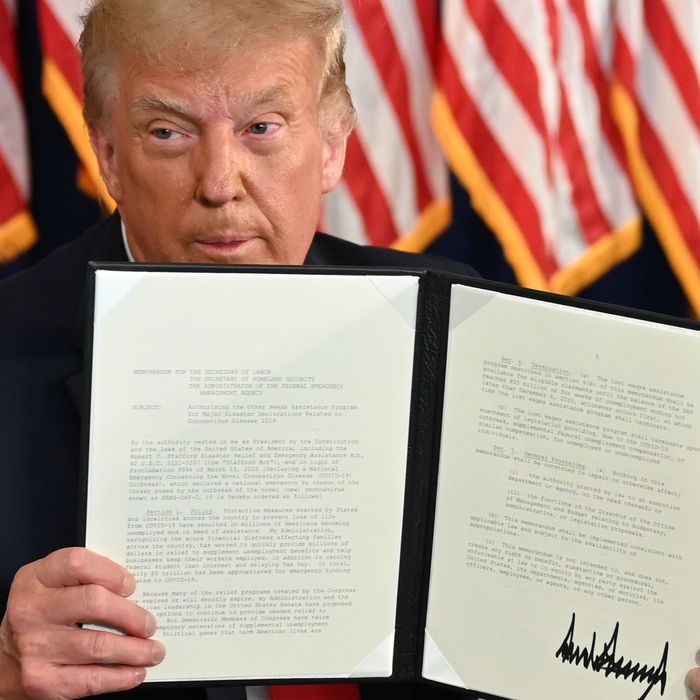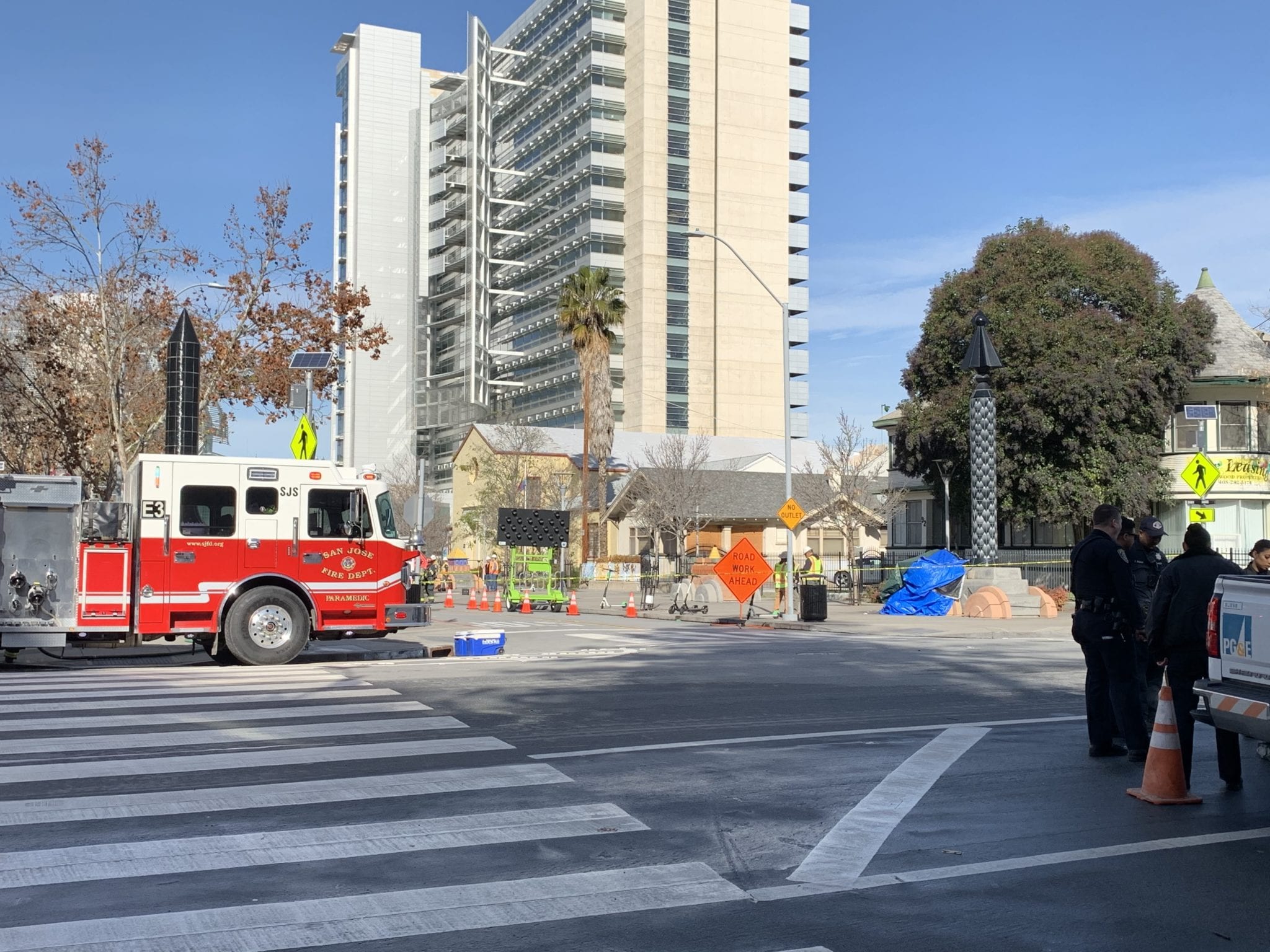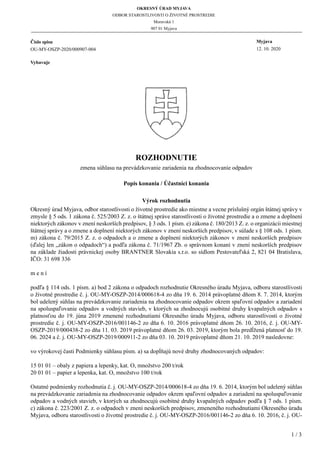Sanctuary Cities And States: Trump's New Executive Order

Table of Contents
The Executive Order's Core Provisions
This executive order outlines specific requirements for states and cities to remain eligible for federal funding. The core provisions center on immigration enforcement and cooperation with federal agencies, primarily Immigration and Customs Enforcement (ICE). Understanding these provisions is crucial for comprehending the order's impact.
-
Compliance Requirements: The order mandates that jurisdictions receiving federal funds must comply with specific requirements relating to immigration enforcement. This includes providing notice to ICE before releasing individuals in custody who are suspected of being in the country illegally and allowing ICE access to jails and detention facilities.
-
Defining a "Sanctuary Jurisdiction": The order defines "sanctuary jurisdictions" as those that actively obstruct or impede federal immigration enforcement efforts. This definition is often contested and has led to significant legal challenges, as the criteria for determining non-compliance are not always clearly defined. The ambiguity leaves room for interpretation and contributes to the ongoing legal battles surrounding the executive order.
-
Federal Funding at Risk: A wide array of federal funding streams are potentially affected, including crucial grants for law enforcement, community development block grants, and other essential programs vital to local communities. The loss of this funding could severely impact local budgets and services.
-
Penalties for Non-Compliance: The executive order threatens to withhold or reduce federal funding for jurisdictions deemed non-compliant. This financial pressure is the primary tool used to enforce the order's provisions. The extent of these penalties and the process for determining non-compliance remain key areas of contention.
Legal Challenges and Court Battles
The Trump administration's executive order has faced significant legal pushback from sanctuary cities and states. These jurisdictions argue that the order violates their Tenth Amendment rights, which reserve powers not delegated to the federal government to the states and the people, and infringes on due process rights.
-
Main Arguments Against the Order: Challengers argue the order oversteps federal authority, forcing states and cities to implement immigration policies they oppose. They contend that the order undermines local control over law enforcement and infringes on the constitutional rights of individuals within their jurisdictions.
-
Key Court Cases: Numerous lawsuits have been filed across the country challenging the order's legality. The outcomes of these cases will significantly shape the future of immigration enforcement and the relationship between federal and local governments. The legal arguments often center on the interpretation of the Tenth Amendment and the due process clause of the Fifth Amendment.
-
Constitutional Basis of Challenges: The Tenth Amendment, which reserves powers not specifically granted to the federal government to the states, is a central argument against the order's constitutionality. Additionally, challenges allege violations of due process rights, arguing that the order's enforcement mechanisms are unfair and lack adequate legal safeguards.
-
Long-Term Ramifications: The long-term legal ramifications of this executive order are far-reaching. The outcomes of these court cases will likely determine the extent of federal power to influence local immigration enforcement and could significantly impact the balance of power between federal and state governments.
The Impact on Immigration Enforcement
The executive order's primary aim is to increase cooperation between local law enforcement and ICE, thereby facilitating deportations. However, the actual impact on immigration enforcement remains complex and subject to ongoing debate.
-
Local Law Enforcement Cooperation: The order seeks to pressure local law enforcement agencies into actively cooperating with ICE, potentially leading to an increase in the number of individuals detained and deported.
-
Increase or Decrease in Deportations?: While the intent is to increase deportations, the actual effect is uncertain. Some argue that increased cooperation with ICE may strain relationships between local law enforcement and immigrant communities, potentially hindering crime reporting and public safety.
-
Impact on Community Trust and Public Safety: Many argue that the executive order undermines trust between law enforcement and immigrant communities. This erosion of trust may negatively impact public safety by discouraging crime reporting and hindering cooperation with investigations.
Political and Social Implications
The issue of sanctuary cities and states has become highly politicized, dividing public opinion and raising significant social justice concerns.
-
Political Polarization: The debate surrounding sanctuary cities and states is deeply entrenched in partisan politics. The order has further exacerbated existing divisions between political parties and amplified the national debate over immigration reform.
-
Public Opinion: Public opinion on sanctuary cities and states is divided, reflecting the broader polarization surrounding immigration issues. Understanding these differing perspectives is crucial for comprehending the social and political context of the executive order.
-
Social Impact on Immigrant Communities: The executive order has a profound impact on immigrant communities, affecting their access to essential services, their sense of security, and their overall well-being. Fear of deportation and increased scrutiny can have a chilling effect on community participation and access to essential services.
-
Ethical and Human Rights Considerations: The order raises significant ethical and human rights considerations. Critics argue it leads to discriminatory practices, undermines due process, and separates families.
Conclusion
Trump's executive order on sanctuary cities and states represents a significant shift in federal immigration policy, prompting complex legal, political, and social ramifications. The order's long-term impact remains uncertain, dependent on ongoing legal battles, evolving political dynamics, and the ongoing struggle to balance federal mandates with local autonomy. Understanding the complexities of this order is crucial for comprehending the evolving future of immigration enforcement in the United States. The debate over sanctuary cities and states will continue to shape the national dialogue on immigration for years to come.
Call to Action: Stay informed about the continuing developments regarding the executive order on sanctuary cities and states. Continue to research the legal challenges and their outcomes to fully grasp the implications of this pivotal policy change on immigration enforcement and local autonomy. Further research into the impact on sanctuary cities and states is crucial for a comprehensive understanding of this evolving legal and political landscape.

Featured Posts
-
 Emergency Response Downtown Louisville Buildings Evacuated Following Gas Leak
Apr 29, 2025
Emergency Response Downtown Louisville Buildings Evacuated Following Gas Leak
Apr 29, 2025 -
 Is A Posthumous Pardon For Pete Rose Likely Under Trump
Apr 29, 2025
Is A Posthumous Pardon For Pete Rose Likely Under Trump
Apr 29, 2025 -
 Porsche Cayenne Gts Coupe Test I Recenzja Czy To Suv Marzen
Apr 29, 2025
Porsche Cayenne Gts Coupe Test I Recenzja Czy To Suv Marzen
Apr 29, 2025 -
 Obnova Konania V Pripade Unosu Studentky Sone Rozhodnutie V Stredu
Apr 29, 2025
Obnova Konania V Pripade Unosu Studentky Sone Rozhodnutie V Stredu
Apr 29, 2025 -
 Malaysias Data Center Expansion Negeri Sembilan Takes Center Stage
Apr 29, 2025
Malaysias Data Center Expansion Negeri Sembilan Takes Center Stage
Apr 29, 2025
